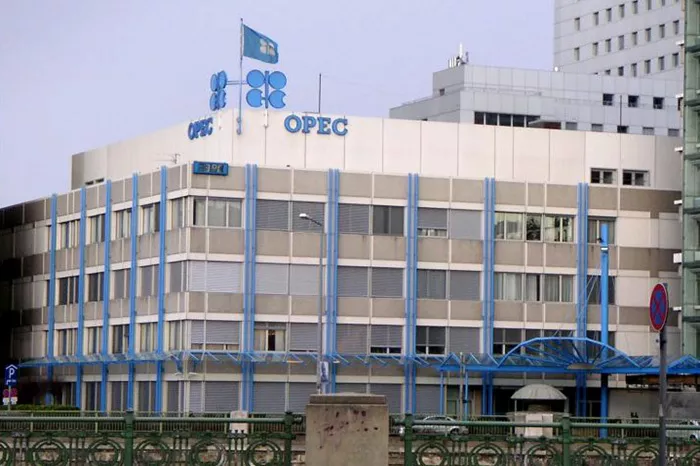OPEC+ has been holding back 2.2 million barrels of oil per day for over a year, yet the market shows little sign of responding as the group intends. This persistent lack of price increase calls into question whether the cartel might need to adopt production cuts as a long-term strategy, rather than a short-term fix.
Historically, OPEC has used production cuts as a lever to balance supply and demand: reduce supply, allow demand to absorb any excess, watch prices rise, and then gradually release the withheld oil. This approach has worked in the past, but this time, it’s not having the desired effect.
Two primary factors are at play. First, algorithmic trading has exacerbated price declines, amplifying market movements beyond reason. Second, overly optimistic forecasts of Chinese demand growth have created a bearish sentiment among traders. While some analysts argue that oil is undervalued, these voices are drowned out by a pervasive pessimism about demand.
In light of these challenges, OPEC+ delayed a scheduled virtual meeting, originally set for Sunday, to next Friday. While the delay was officially attributed to a scheduling conflict, it may offer the group an opportunity to reassess its strategy and consider longer-term solutions. The outlook for higher oil prices remains bleak, with few factors supporting OPEC+’s ambitions.
One potential source of support is the fundamentals of the oil market. While oil demand continues to outperform expectations, non-OPEC supply growth—especially in the U.S. shale sector—has fallen short, and the shale boom is expected to slow. However, these fundamental factors are largely ignored by traders, who are focused on China’s oil demand and its fluctuations.
Geopolitics could also play a role in boosting prices. A potential return of a Trump administration could lead to tougher sanctions on Iran, which would reduce its oil exports and further tighten global supply. Yet, this risk is largely discounted by traders, even as analysts sound the alarm.
Goldman Sachs’ co-head of global commodities, Dan Struyven, recently noted that oil prices may be undervalued by as much as $5 per barrel based on inventory levels. Similarly, Morgan Stanley’s Martijn Rats argued that the oil surplus narrative may never fully materialize, as producers will curb production in anticipation of oversupply.
Despite these warning signs, oil prices remain low. Price increases are often modest and short-lived, driven by temporary events like production outages or geopolitical tensions. These spikes are quickly reversed by reports on Chinese demand or the International Energy Agency’s latest forecasts, which continue to miss the mark.
As a result, OPEC+ may need to accept that permanent supply limits might be necessary. Rather than revising production cuts on a monthly basis, the group could lengthen the periods between adjustments. By signaling a commitment to sustained cuts, OPEC+ might mitigate market fears of a return to higher production levels, thus reducing bearish sentiment.
Market reactions this year have been influenced by the expectation that OPEC+ will eventually ease production limits. However, traders often overlook the conditional nature of these expectations, missing the fact that OPEC+ has stated cuts would remain if prices remained low. Furthermore, forecasts from the International Energy Agency have been repeatedly inaccurate, further complicating the situation.
Gunvor’s CEO Torbjörn Törnqvist recently observed that while the market doesn’t face an oversupply today, the perception of one is influencing oil prices. Changing this perception could take considerable time, if it happens at all. As Carlyle Group’s Jeff Currie points out, the market is prematurely pricing in a future supply glut that has yet to materialize, which in turn shapes producer behavior aimed at avoiding it.
Ultimately, OPEC+ may have to embrace a longer-term view on production cuts. While the market remains focused on the possibility of a supply surplus, the group’s strategy could evolve to adapt to these ongoing challenges. When the anticipated supply shock inevitably hits, it could catch everyone by surprise and send prices soaring—if the IEA’s predictions prove wrong once again. Until then, treating production cuts as a permanent policy might be OPEC+’s best course of action.
Related topic:

